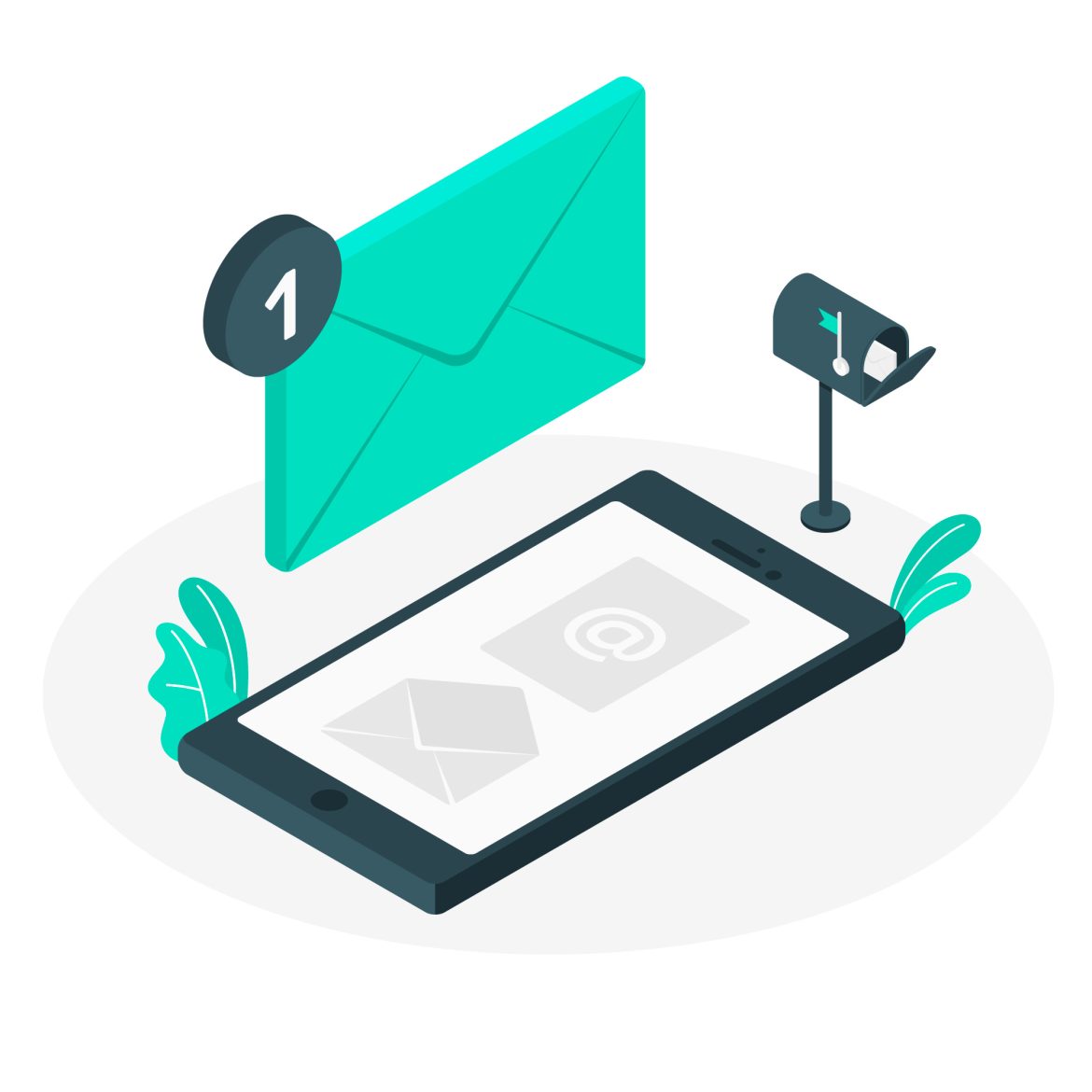Two-factor authentication is a security feature that protects your online accounts by adding an extra layer of security. It can be particularly useful if you use an account for business purposes. As it means that attackers won’t be able to access the account even if they have access to your password. Small businesses almost never want to pay a lot of money for email hosting. They don’t need hundreds of email addresses. But they need email security. In this article, we’ll define two-factor authentication and show you how to enable it in Google Apps for Business or G Suite.
How to Enable Two-Factor Authentication
Two-factor authentication is a method of gaining access to your account that requires the use of two distinct factors. The first factor, usually in the form of a password or PIN (personal identification number) is used to verify your identity. The second factor, usually via an app or device, requires additional verification before gaining access to your account.
What Is the Purpose of Two Factor Authentication?
Two-factor authentication is a great way to protect yourself and give you peace of mind when logging into accounts. That requires sensitive information such as banking accounts and email addresses like yours! If someone were able to get their hands on all your information and passwords. Because they had physical access then they could wreak havoc on all those sites that use those credentials for protection purposes. Think about how many times we’ve heard stories about hackers getting into everything from social media profiles to bank accounts. Because people didn’t take proper precautions against theft by simply keeping their passwords safe!
What is Two-Factor Authentication?
Two-factor authentication (2FA) is a security feature that requires you to confirm your identity in two steps. These can include:
- Login/Password – This is the most common method of 2FA, where you enter your username and password into the system.
- Phone Call – If you don’t have access to the computer or device where the account is located, someone needs to call in and authenticate themselves before gaining access. This allows them to verify their identity by speaking directly with another party who knows those details already. It’s like asking for ID when buying alcohol at a bar!
- Email Address – Another popular form of 2FA involves sending an email with a code sent from an external source (usually an app). Which must be entered before entering any other data into your account. And this makes sense because emails typically contain sensitive information like passwords and personal information stored on servers throughout cyberspace itself!
Why Do I Need Two Factor Authentication?
It’s a good idea to use 2FA for your business email address because it makes your email more secure. When you sign up for an account, there are two levels of security: the message itself and the password. If someone obtains your password, they will have access to all of your other accounts. With 2FA enabled on top of that, however, only one layer of protection is breached at once. The second factor (in this case a code sent via text message). This means that if someone steals one piece of information from you (your password). They still won’t be able to access everything else in their possession unless they also steal both pieces at once: i.e., rob you blind while holding something worth many times what was stolen!
You can help secure your business email address with two-factor authentication.
Two-factor authentication is a security mechanism in which a user must provide two forms of identification in order to access an account. Passwords, PINs, and biometric devices such as fingerprint scanners are common elements.
Two-factor authentication can be used on many online accounts, including email. It helps prevent unauthorized access to your business email address by requiring additional verification before you’re allowed access to it.
Conclusion
I hope you found this guide to be useful. If you’re still not sure about the benefits of two-factor authentication, I recommend checking out our blog post on the topic.
